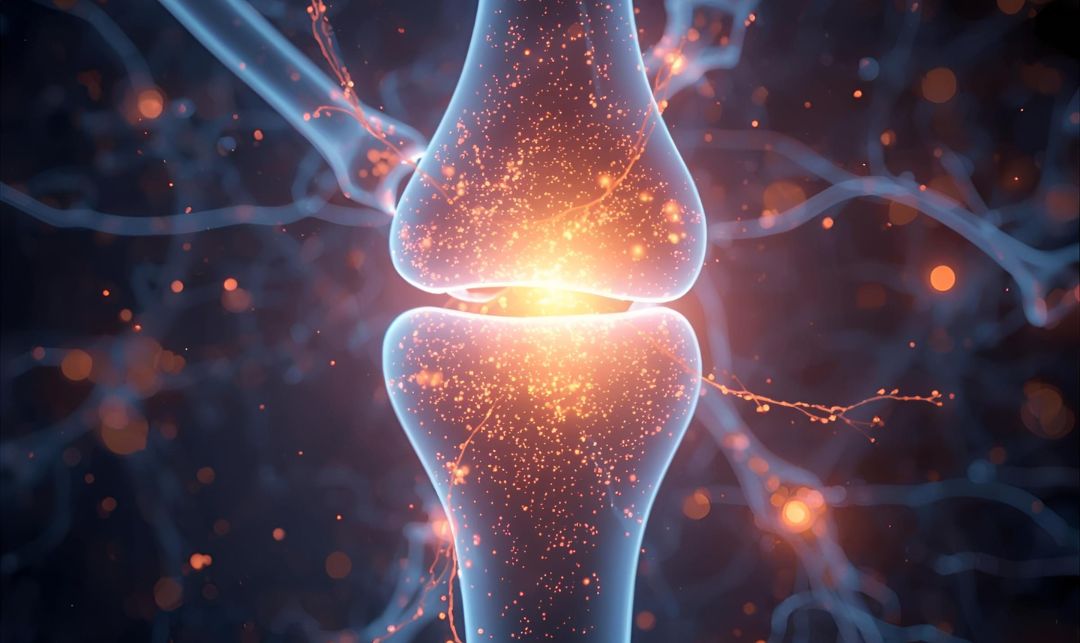
Our bones might feel solid and unchanging, but the truth is—they’re alive. Constantly breaking down and rebuilding, they adapt to the environment we create for them. In Episode 6 of the Mind Your Being Podcast, Dr Tracey Clissold, researcher and founder of the Osteo Gains program, shared why bone health deserves our attention at every age.
Why the First 30 Years Matter
Bone strength peaks by around age 30. Up until then, we’re in “building mode”—laying down bone mineral density that forms the foundation for life. For women, up to 90% of peak bone mass is developed by age 18, making puberty a crucial window for nutrition and movement.
After 30, bone loss begins at around 0.5–1% per year. At menopause, the pace accelerates, with women losing up to 20% of bone density in just 5–7 years due to the drop in estrogen. This makes prevention and proactive care essential long before the first signs of osteoporosis appear.
Nutrition: More Than Just Calcium
We’ve all heard “drink your milk for strong bones,” but Dr Clissold explains it’s more complex.
Exercise: It’s About Force, Not Just Weight-Bearing
Walking is wonderful for heart health, but it’s not enough to stimulate bones. Our skeleton needs mechanical strain—quick, targeted forces that switch on bone-building cells. That’s why Dr Clissold’s research focuses on jump-landing exercises, shown to strengthen not just bone density but also bone structure.
The good news? It doesn’t require hours at the gym. Just a few minutes a day of guided impact exercise can make a measurable difference. As Dr Clissold puts it: “It’s not about jumping—it’s about how you land.”
Beyond Menopause: Why It’s Never Too Late
Even after bone loss begins, lifestyle changes can still slow, stop, or even reverse declines. Building and maintaining muscle mass is equally critical, since strong muscles pull on bones, reinforcing them. Women over 50 may need more protein and calcium than before, alongside focused impact and resistance training, to protect both bone and muscle health.
Taking Action
The takeaway is clear: bone health is not just about avoiding fractures in old age. It’s about energy, mobility, and independence across a lifetime. Whether you’re a parent encouraging a teenager to eat well, a woman in midlife navigating perimenopause, or someone already in postmenopause, it’s never too early—or too late—to support your skeleton.
If you’d like to explore Dr Clissold’s research-backed approach, her Osteo Gains app offers a simple, guided program designed to fit into daily life in just minutes a day.
Because strong bones don’t happen by accident—they’re built, one meal, one movement, and one mindful choice at a time.
Source: Episode #6 of Mind Your Being Podcast – Strong Bones for Life: The Foundation for Healthy Ageing with Dr Tracey Clissold